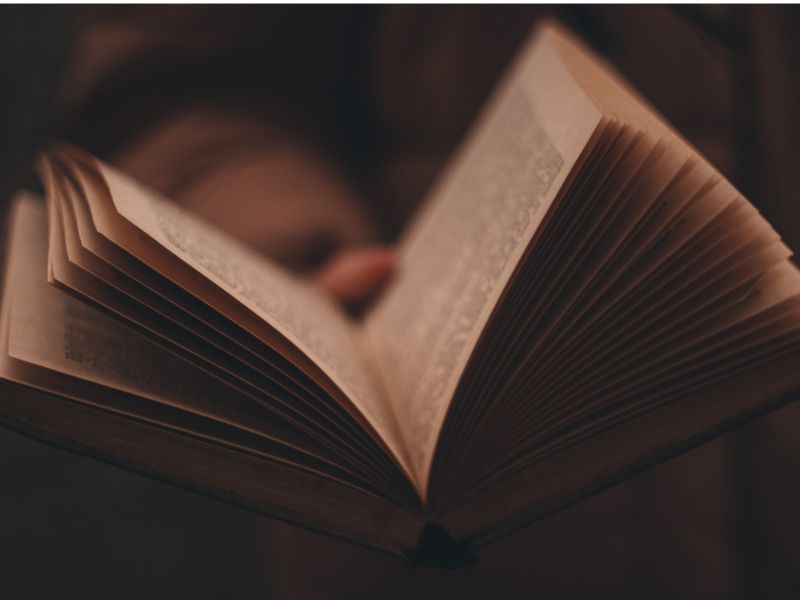Roopa Banerjee
“Now, what? Why won’t you start when I have a deadline?”
Many of us have addressed a similar rant at the printer when it doesn’t work when we need it to. What we are doing is using the literary device apostrophe — addressing an inanimate object as though it can hear and respond. Yes, apostrophe is not just a punctuation mark; it’s also a powerful literary and rhetorical device where a writer/speaker breaks off from addressing the audience and directs speech to an absent or imaginary person, object, or abstract idea.
Apostrophe allows writers and speakers to address someone or something that cannot respond: a loved one lost, an idea like love or freedom, a historical figure or an object. It can convey intense emotion, create drama, and gives voice to a character’s inner turmoil. The word originates from the Greek apostrophē, meaning “a turning away.”
There are innumerable examples of apostrophe in books and films. In Harry Potter and the Sorcerer’s Stone, Harry stands before the Mirror of Erised and whispers longingly to his parents, who have long been dead. “Mum? Dad?” are spoken into the void, directed at reflections that cannot reply. This is apostrophe in action — Harry expressing his yearning and grief through a conversation with the unreachable.
William Shakespeare’s Julius Caesar offers another classic example. After Caesar’s assassination, Mark Antony famously cries out, “O judgement! thou art fled to brutish beasts, / And men have lost their reason.” Here, Antony addresses the abstract idea of judgement, lamenting its paucity among those who have just committed murder.
Another vivid pop culture example is in the Hollywood movie Cast Away, where Tom Hanks’ character speaks to a volleyball he names “Wilson.” “I’m sorry, Wilson! I’m sorry!” he cries, as the ball drifts away to sea. Though absurd on the surface, the scene powerfully conveys the character’s loneliness and psychological need for human connection, using apostrophe to dramatise his despair.
All of us use apostrophe more often than we realise. When someone mutters, “Come on, brain, think!” during an exam, or scolds their phone for freezing, they are using apostrophe. In grief, people often speak aloud to loved ones who have passed away, seeking comfort and closure. Children talk to toys and imaginary friends, using apostrophe to express feelings and understand the world. It’s also used in motivational self-talk. When we tell ourselves, “You can do this!”, we become both speaker and audience.
Apostrophe has a profoundly human quality. From Harry Potter whispering to his parents in the mirror to our daily outbursts to malfunctioning gadgets, we use apostrophe to recognize and connect with a listening but inert world. It’s a conversation with silence that echoes loudly in literature and life alike.
Exercise
Here are five books where apostrophes have been effectively used. Name the book from which these lines are taken and the author?
- “O judgment! thou art fled to brutish beasts…”
- “Thou wast not born for death, immortal Bird!”
- “Tell me truly, I implore— / Is there—is there balm in Gilead?”
- “Is this a dagger which I see before me… Come, let me clutch thee.”
- “Roll on, thou deep and dark blue Ocean—roll!”
Answers
- Julius Caesar by William Shakespeare
Mark Antony addresses the abstract concept of judgment in his funeral speech.
- Ode to a Nightingale by John Keats
Keats addresses a nightingale as if it can understand him reflecting on mortality and art.
- The Raven by Edgar Allan Poe
The narrator speaks directly to the raven and also to his lost love, Lenore.
- Macbeth by William Shakespeare
Macbeth speaks to an imagined dagger.
- Apostrophe to the Ocean from Childe Harold’s Pilgrimage by Lord Byron
Byron addresses the sea with admiration and awe.
